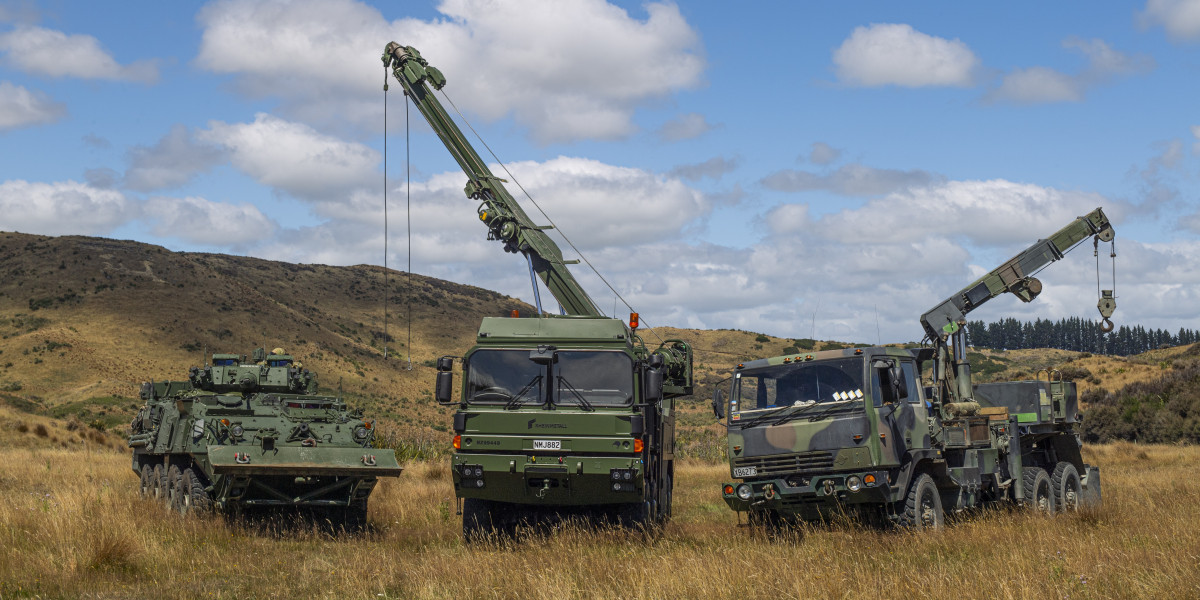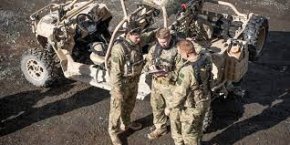Gracie1234
Well-Known Member
I think that we might see an increase in artillery based on the exposure they have received in Ukraine. The impact a SPG can have on a battlefield is undeniable. My guess is that we are heading towards 155mm as that seems to be a standard and there is development to enable fires out to 150km, The range revolution - Nammo. This would require an increased range UAVs.
The global order is not getting any more stable and there is plenty of political cover to increase defence capabilities and spend. NATO partners are all heading to 2% GDP, and other countries we would like to compare ourselves to in Scandanavia are joining NATO. It is not the 1990s and I bet there will not be any protests on increasing defence capabilities and spending as there were none of significance when we bought the P8s or the C130s.
The third point, the money is there. We are a rich country that has just in a few years increased our govt spending by 40%.
The global order is not getting any more stable and there is plenty of political cover to increase defence capabilities and spend. NATO partners are all heading to 2% GDP, and other countries we would like to compare ourselves to in Scandanavia are joining NATO. It is not the 1990s and I bet there will not be any protests on increasing defence capabilities and spending as there were none of significance when we bought the P8s or the C130s.
The third point, the money is there. We are a rich country that has just in a few years increased our govt spending by 40%.


